43 drag each label to the appropriate location on the flowchart. path of air
Mastering A&P Chapt 22 Flashcards - Quizlet Path of air: Drag each label to the appropriate location on the flowchart. 1. air enters through the mouth or nose 2. air travels down the trachea and then enters the bronchi 3. Air travels to smaller bronchioles 4. air reaches the alveoli Definition, Process, Diagram Of Carbon Cycle - BYJUS Carbon enters the atmosphere through natural processes such as respiration and industrial applications such as burning fossil fuels. The process of photosynthesis involves the absorption of CO 2 by plants to produce carbohydrates. The equation is as follows: CO 2 + H 2 O + energy → (CH 2 O) n +O 2
The Pathway of Air - Respiratory System The nasopharynx is located at the back of the nasal cavity, and it is the uppermost part of the pharynx. In between the nasopharynx and the laryngopharynx is the oropharynx, which extends between the soft palate and the base of the tongue. The laryngopharynx is the extension of tissue between the hyoid and the entrance to the esophagus.

Drag each label to the appropriate location on the flowchart. path of air
Respiratory Homework - Subjecto.com Drag each label to the appropriate location on the flowchart. 1. Air enters through the nose or mouth 2. Air travels down the trachea and then enters the bronchi 3. Air travels down smaller and smaller bronchioles 4. Air reaches small sacs called alveoli. Drag each label to the appropriate location on this diagram of the human respiratory system. Construct and Run a Stateflow Chart - MATLAB & Simulink A Stateflow ® chart is a graphical representation of a finite state machine consisting of states, transitions, and data. You can create a Stateflow chart to define how a MATLAB ® algorithm or a Simulink ® model reacts to external input signals, events, and time-based conditions. For more information, see Model Finite State Machines.. For instance, this Stateflow chart presents the logic ... Path of an Oxygen Molecule by Savannah Lawing - Prezi The path of an oxygen cell. begins with inhalation. You breath oxygen in through your nose. The nasal cavity warms and wets the air because the cold, dry air can irritate your lungs. As the air gets farther into the lungs it reaches the bronchioles. After the air leaves the trachea it enters the lungs. It starts in the bronchi, goes into the ...
Drag each label to the appropriate location on the flowchart. path of air. Heart Blood Flow | Simple Anatomy Diagram, Cardiac Circulation ... - EZmed Step 1 involves blood vessels, similar to what we saw with step 1 in the right side of the heart. The pulmonary veins carry oxygenated blood from the lungs to the left side of the heart, specifically the left atrium. There will be better images of the pulmonary veins shown in the images later in this post. 2. Left Atrium Flowchart Tutorial ( Complete Flowchart Guide with Examples ) The below video shows how to draw a flowchart using Creately. It is very simple to use and one-click create and connect helps you draw them faster as well. You can drag and drop symbols from the library or drag images to your diagram by doing an image search. Flowchart Templates and Examples What is the pathway air follows as it passes through your ... - Socratic The pathway of air in the respiratory system starts with the external organs of the nose and mouth. Nose: Air is inhaled through the nostrils (and sometimes through the mouth) where it is filtered by the hairs and cilia to remove dust particles and moistened. The nasal cavity also moderates the temperature of the inhaled air. Circuit Diagram Symbols: A Complete List | EdrawMax EdrawMax. All-in-One Diagram Software. Create more than 280 types of diagrams effortlessly. Start diagramming with various templates and symbols easily. Superior file compatibility: Import and export drawings to various file formats, such as Visio. Cross-platform supported (Windows, Mac, Linux, Web) TRY IT FREE.
redirect.prod.mastering.pearsoncmg.com Labeling, ranking, sorting, or sentence completion questions. All of these question types require you to position items into an area of the answer box. Answer these kinds of questions on a computer, not on a smartphone. Press Tab to move forward or Shift/Tab to move backwards through the provided answer items. CH-13.pdf - Chapter 13 Homework Due: 11:59pm on Thursday,... Part A - Key events in gas exchange Drag each label to the appropriate location on the flowchart. ANSWER: Help Reset Carbon dioxide is released from the mitochondria. Carbon dioxide diffuses into a capillary. Carbon dioxide is carried to the lungs. Carbon dioxide diffuses into an alveolus. Air exits through nose or mouth. Circulatory System: Blood Flow Pathway Through the Heart in summary from the video, in 14 steps, blood flows through the heart in the following order: 1) body -> 2) inferior/superior vena cava -> 3) right atrium -> 4) tricuspid valve -> 5) right ventricle -> 6) pulmonary arteries -> 7) lungs -> 8) pulmonary veins -> 9) left atrium -> 10) mitral or bicuspid valve -> 11) left ventricle -> 12) aortic … Solved Part A - Path of air Drag each label to the | Chegg.com Anatomy and Physiology questions and answers Part A - Path of air Drag each label to the appropriate location on the flowchart. Reset Help Air travels down smaller and smaller bronchioles Air travels down the trachen and then enters the bronchi Air enters through the one or mouth Air reaches small sacs Cailed alveoli ? ? ? Submit Request Answer
Unit 3 respiratory system and gas exchange - SlideShare 15. Normal breathing rate for adults: 12 - 20 ventilations per minute. Respiratory Center in the Medulla Oblongata of the brain controls breathing. The respiratory center send impulses through the phrenic nerve to the diaphragm and through the intercostal nerve to the intercostal muscles to either contract or relax. Process Flowchart - Draw Process Flow Diagrams by Starting with ... ConceptDraw is Professional business process mapping software for making process flow diagram, workflow diagram, general flowcharts and technical illustrations for business documents. It is includes rich examples, templates, process flowchart symbols. ConceptDraw flowchart maker allows you to easier create a process flowchart. Use a variety of drawing tools, smart connectors, flowchart symbols ... Carbon dioxide transport Drag each label to the appropriate location on ... Part A - Oxygen transport Drag each label to the appropriate location on the flowchart. Reset Help is c Oxygen binds to a molecule of from the blood to the body's tissues the alveoli i surrounding red blood cell. vessels to a Submit Next SRO... Diagram of Blood Flow Through the Heart - Bodytomy The deoxygenated blood from the heart enters the lungs through the pulmonary valve as seen in the human heart diagram. This process is called pulmonary circulation. From the pulmonic valve, the blood travels to the pulmonary artery into the tiny capillary vessels of the lungs. The oxygen present in the tiny air sacs enters the blood through the ...
Solved Part A-Path of air Drag each label to the appropriate - Chegg Anatomy and Physiology questions and answers Part A-Path of air Drag each label to the appropriate location on the flowchart. Reset Help Air travels down the trachea and then enters the bronchi Air reaches small sacs called alveol. Air travels down smaller and smaller bronchioles. Air enters through the nose or mouth 2 ? ?
What is the sequence of all the structures that air passes ... - Socratic Here air is filtered and its temperature changes according to body temperature. Then air passes through pharynx where germs are removed and air moves to larynx then trachea. Trachea is further divided into two bronchi and each one leads to each lung. In trachea air is again filtered by action of mucus. In lungs the bronchi are divided into ...
Drag each label to the correct location on the table. Each label can be ... claims and findings, emphasizing salient points in a focused, coherent manner with pertinent descriptions, facts, details, and examples…"(SL.6-7-8.4). What things do good speakers do to accomplish that?3. The second half of that standard says: "…use appropriate eye contact, adequate volume, and clear pronunciation." a.
PDF Pathway of a Sound Wave 1. - Silsbee Independent School District Pathway of a Sound Wave 1. The sound waves arrive at the pinna (auricle), the only visible part of the ear. 2. Once the sound waves have passed the pinna, they move into the auditory canal (external
Circulatory Pathways | Anatomy and Physiology II Virtually every cell, tissue, organ, and system in the body is impacted by the circulatory system. This includes the generalized and more specialized functions of transport of materials, capillary exchange, maintaining health by transporting white blood cells and various immunoglobulins (antibodies), hemostasis, regulation of body temperature, and helping to maintain acid-base balance.
Drag each label to the appropriate location on the flowchart. ResetHelp ... answered • expert verified Drag each label to the appropriate location on the flowchart. ResetHelp Carbon dioxide diffuses into a capillary.Carbon dioxide diffuses into a capillary. Air exits through nose or mouth.Air exits through nose or mouth. Carbon dioxide is carried to the lungs. torres8488 is waiting for your help.
Can you trace the path that air follo... - Anatomy and Physiology Part A - Path of air Drag each label to the appropriate location on the flowchart. Reset Help Air enters through the nose or mouth Air reaches small sacs called alveoli. Air travels down the trachea and then enters the bronchi. Air travels down smaller and smaller bronchioles 3 1 2 L? 2 ? ? Request Answer < Previous Next > Show Answer
Part A Key events in gas exchange Drag each label to the appropriate ... Part A - Key events in gas exchange Drag each label to the appropriate location on the flowchart. ANSWER: HelpReset Carbon dioxide is released from the mitochondria. Carbon dioxide diffuses into a capillary. Carbon dioxide iscarried to the lungs. Carbon dioxide diffuses into an alveolus. Air exits throughnose or mouth.
Respiratory Homework Flashcards | Quizlet Drag each label to the appropriate location on the flowchart. 1. Air enters through the nose or mouth 2. Air travels down the trachea and then enters the bronchi 3. Air travels down smaller and smaller bronchioles 4. Air reaches small sacs called alveoli. Drag each label to the appropriate location on this diagram of the human respiratory system.
Labeling, ranking, sorting, or sentence completion questions To deselect a label, tile, or term — To send them back to the list, press Esc. To place a selected label, tile, or term on a target To move forward, press Tab. To move backwards press Shift/Tab. To select the target location, press Enter or the Spacebar. Do not use arrow keys to place items. To select Submit, Reset or another answer box option
Add a motion path animation effect - support.microsoft.com Add a motion path to an object. Click the object you want to animate. On the Animations tab, click Add Animation. Scroll down to Motion Paths, and pick one. Tip: If you choose the Custom path option, you will draw the path that you want the object to take. To stop drawing a custom path, press Esc.
Path of an Oxygen Molecule by Savannah Lawing - Prezi The path of an oxygen cell. begins with inhalation. You breath oxygen in through your nose. The nasal cavity warms and wets the air because the cold, dry air can irritate your lungs. As the air gets farther into the lungs it reaches the bronchioles. After the air leaves the trachea it enters the lungs. It starts in the bronchi, goes into the ...
Construct and Run a Stateflow Chart - MATLAB & Simulink A Stateflow ® chart is a graphical representation of a finite state machine consisting of states, transitions, and data. You can create a Stateflow chart to define how a MATLAB ® algorithm or a Simulink ® model reacts to external input signals, events, and time-based conditions. For more information, see Model Finite State Machines.. For instance, this Stateflow chart presents the logic ...
Respiratory Homework - Subjecto.com Drag each label to the appropriate location on the flowchart. 1. Air enters through the nose or mouth 2. Air travels down the trachea and then enters the bronchi 3. Air travels down smaller and smaller bronchioles 4. Air reaches small sacs called alveoli. Drag each label to the appropriate location on this diagram of the human respiratory system.

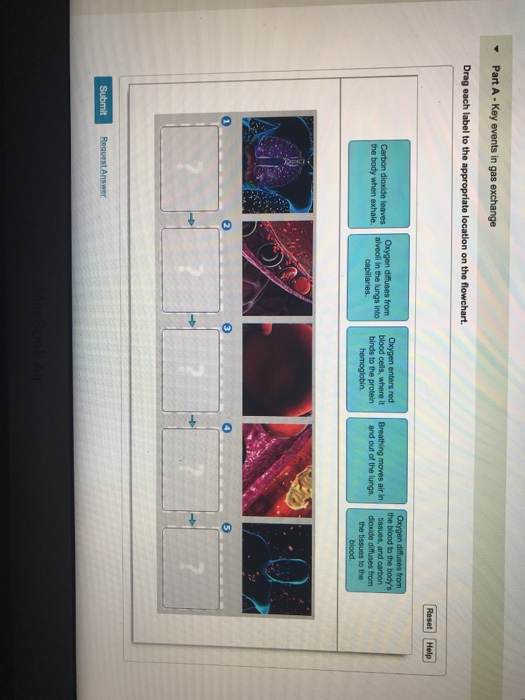

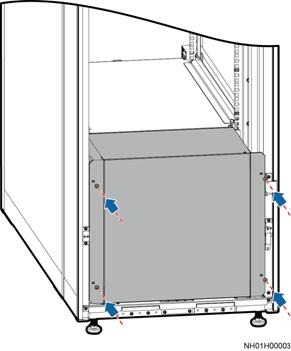





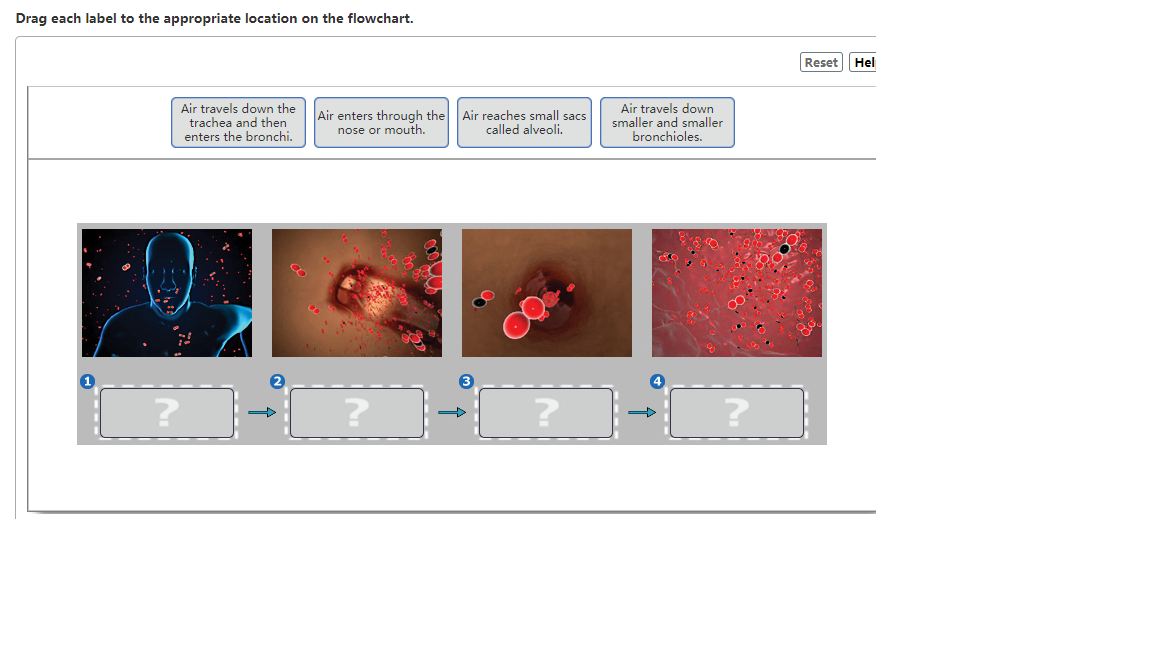
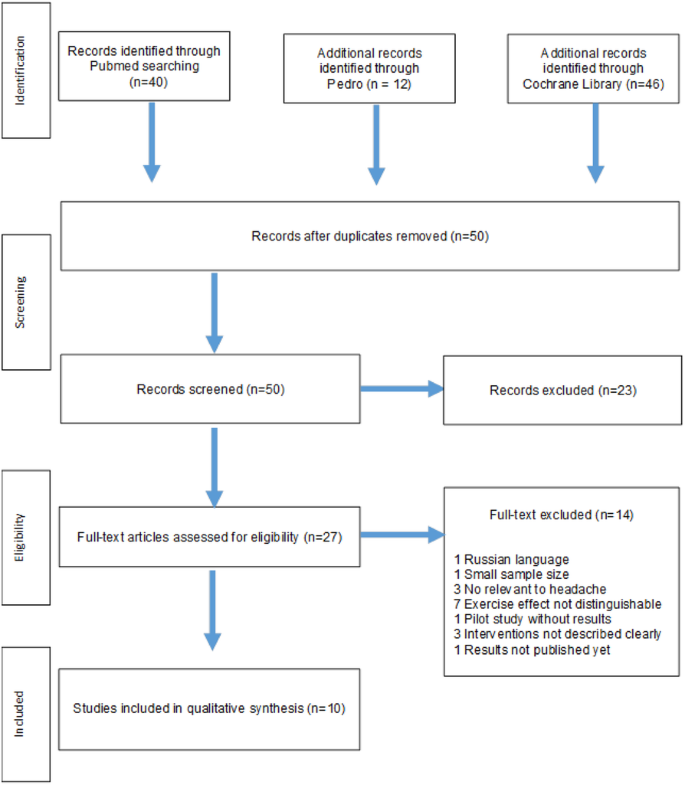

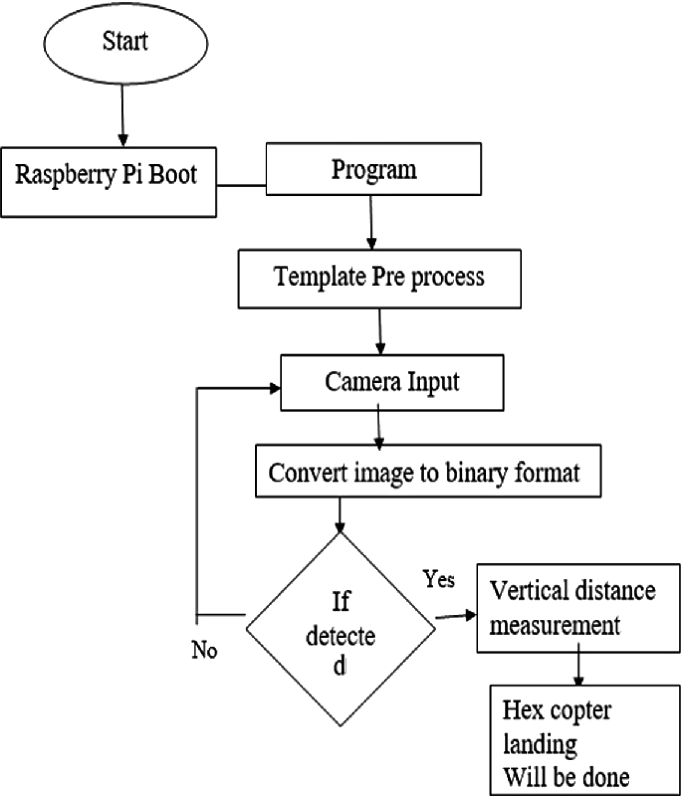
















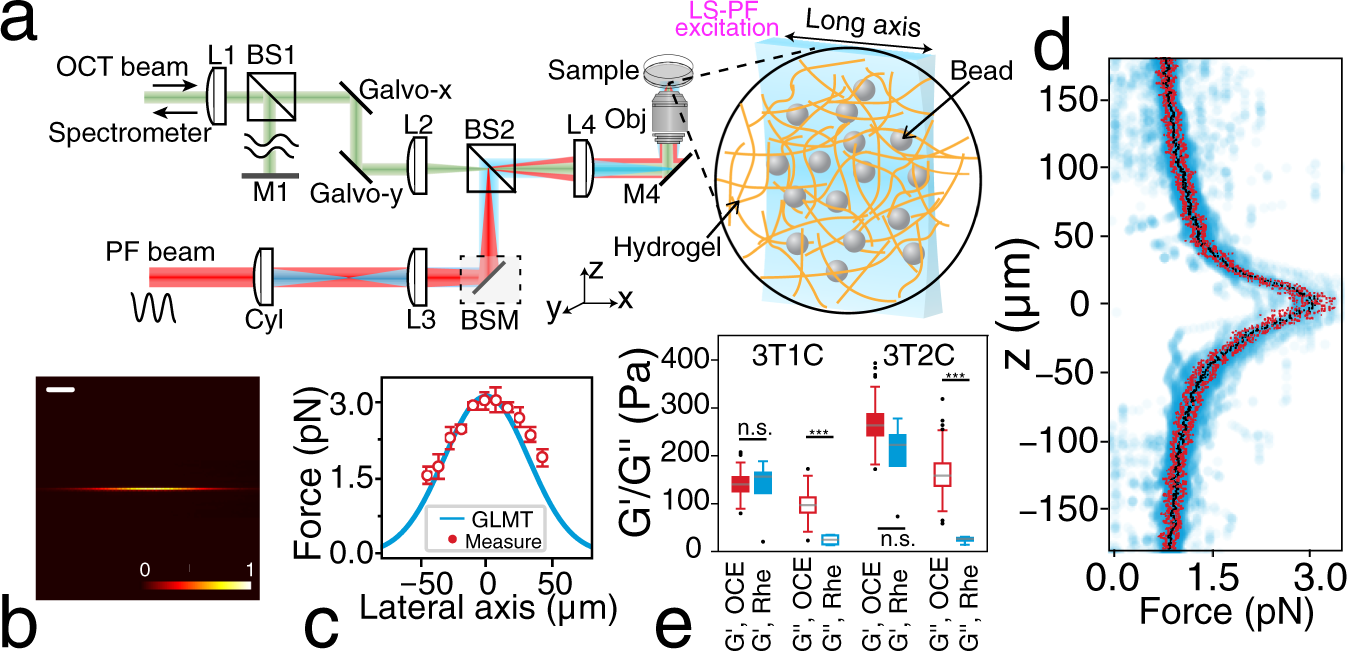

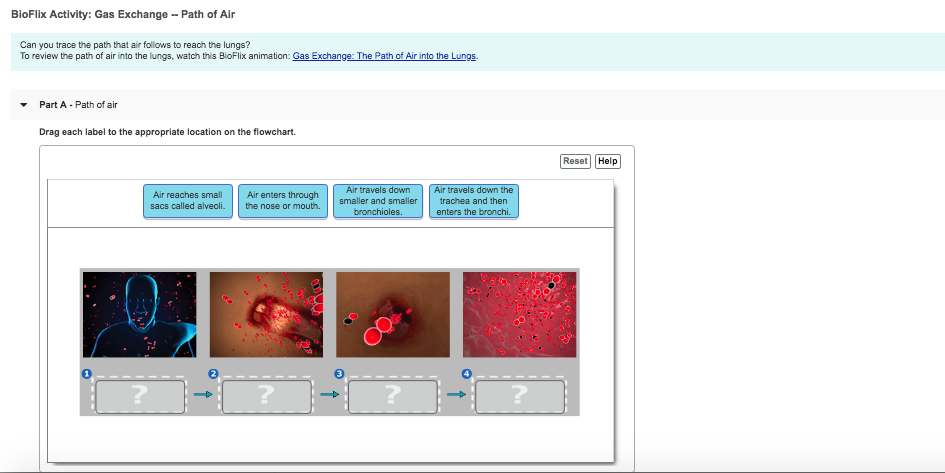


Post a Comment for "43 drag each label to the appropriate location on the flowchart. path of air"